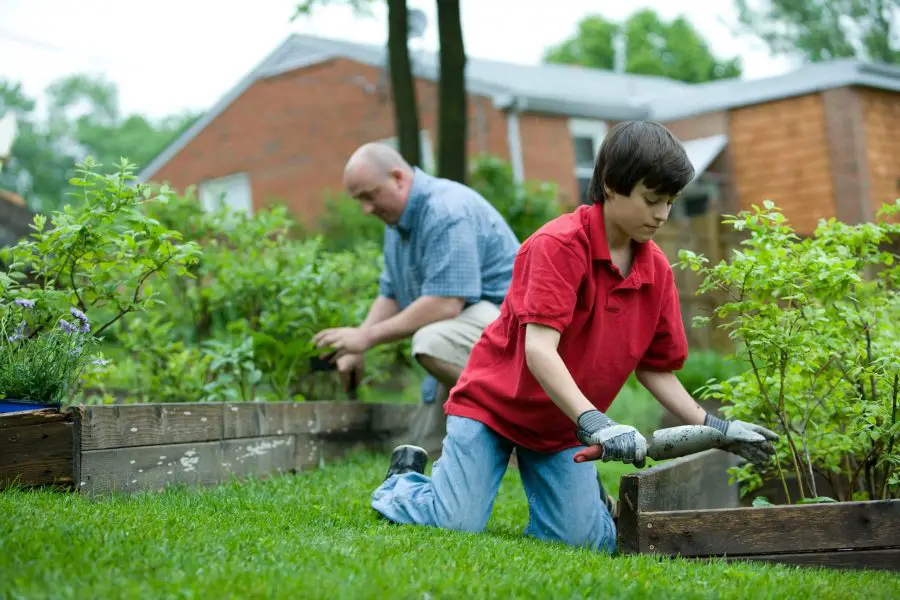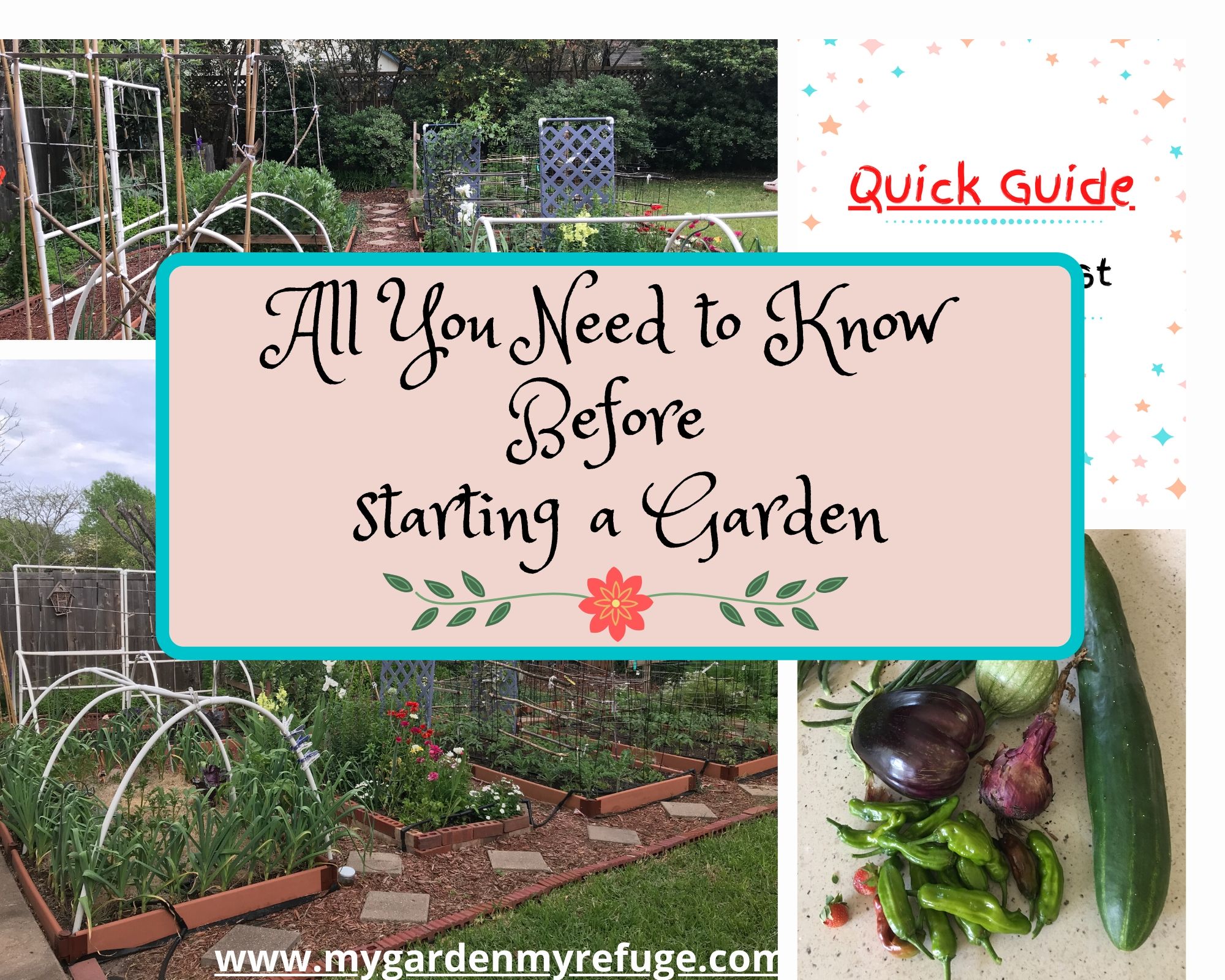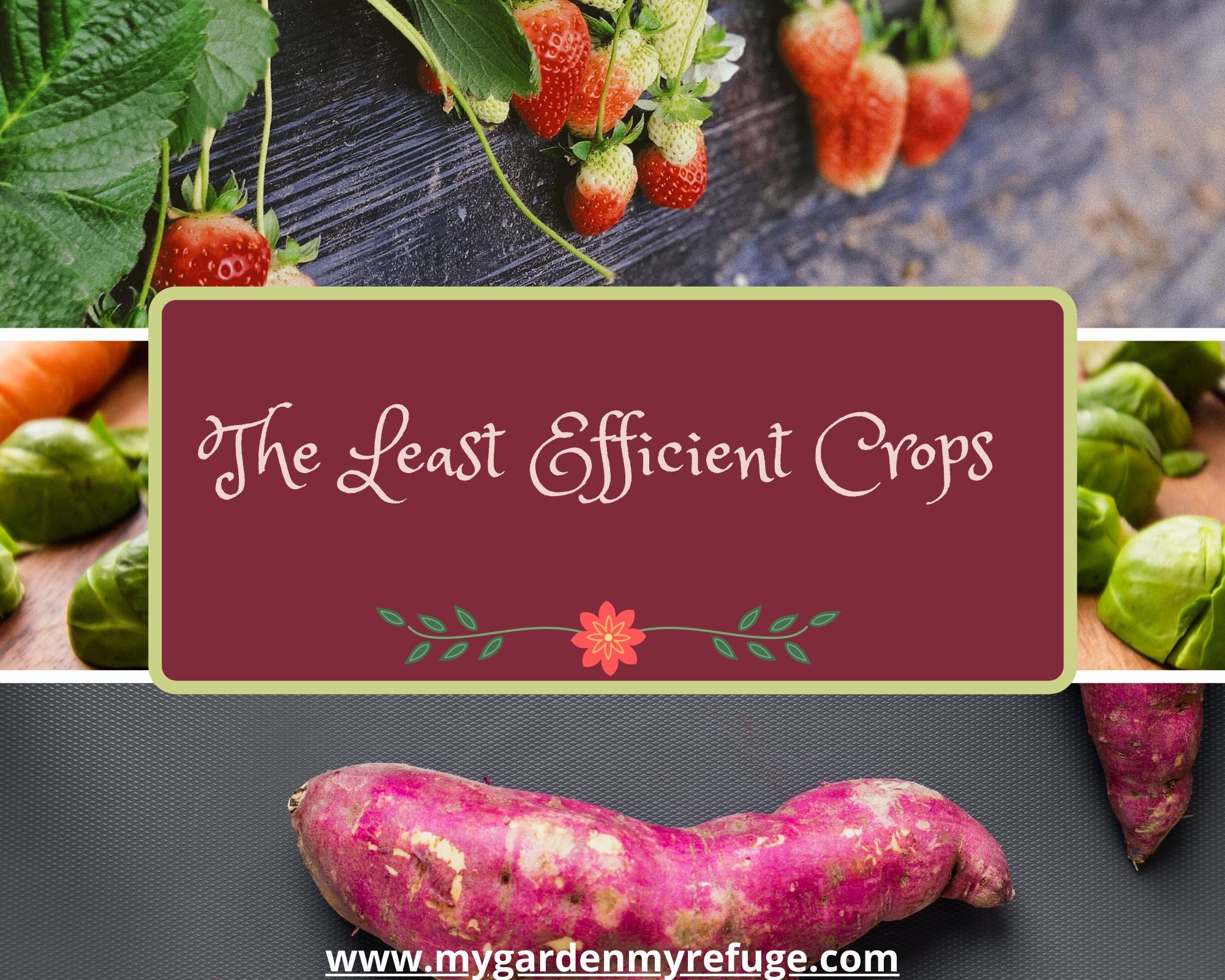If you like to bake or love bread, you most likely have used yeast. But, have you ever thought that it can be useful in the garden too?
Using yeast in the garden has been brought to m attention by an Egyptian gardener. He has used it for years as a homemade fertilizer to boost his plants’ growth and overall health.
What is yeast?
Yeast is a living monocellular (single-celled) microorganism belonging to the fungus kingdom, along with molds and mushrooms. They grow fast and multiply asexually by budding, where a small cell grows outside of a mature one to separate from it when ready. Learn more about yeat over here.
These tiny organisms primarily feed on carbohydrates (sugar) to produce carbon dioxide. When the yeast goes through fermentation, it produces alcohol, and that’s how beer and wine are made.
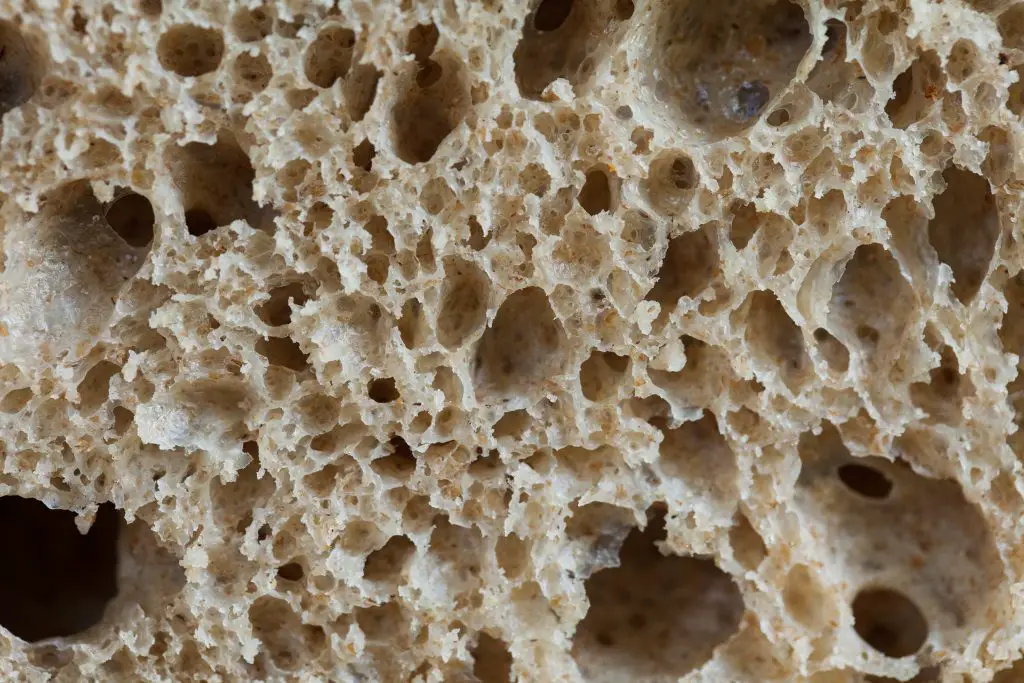
Types of yeast
There are hundreds of yeast species, but we are interested in the sugar yeast or Saccharomyces Cerevisiae (SC).
There are two main types:
- Baker’s yeast is used in baking. This yeast feeds on the carbs existing in the flour and sugar to produce carbon dioxide gas, which we see in the form of air pockets in the dough.
- Brewers’ yeast is used to make alcoholic beverages. This yeast goes through a fermentation process to produce alcohol in addition to the Co2.
How does yeast help the plants?
As we all know, millions of organisms live in the soil, some of which are decomposers that work hard to make compost out of organic matter. Among these decomposers are the fungi to which yeast belongs.
Like all decomposers, yeast organisms break down the sugars into Co2, which benefits the plant. Furthermore, studies show that these organisms have more benefits to the plants than we think.
According to Kazakhistan’s Institute of Biology and Biotechnology, these organisms have numerous benefits to the plant.
- Fix Nitrogen
- Dissolve minerals such as Phosphorus
- Synthesize antibacterial, antifungal compounds
- Promote plant hormone production
- Synthesize vitamins
- Break down chemical toxins.
- Inhibit the growth of pathogens
You may read more scientific details in this article.
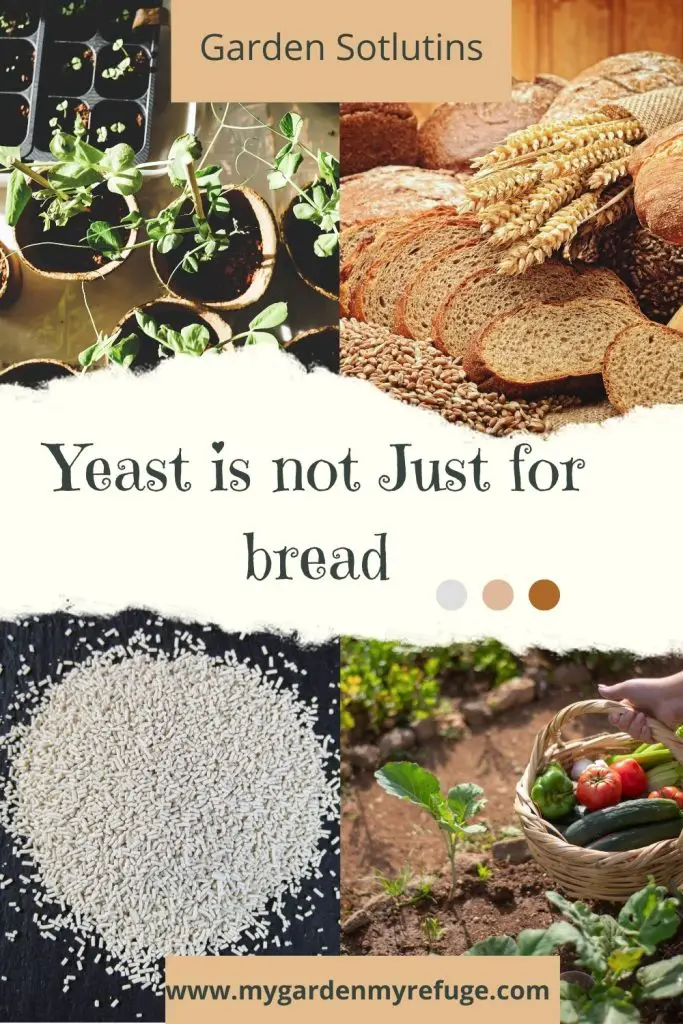
What are the different uses of yeast in the garden?
Due to all the benefits yeast can provide to the plants, here is a list of ways to incorporate it into your gardening tasks.
1- Slug and snail trap
In our post on how to grow vegetables in the cold season, we mentioned using a soda drink trap to catch slugs and snails. The latter are attracted to the fermented scent the drinks emit, luring them into their death.
Alternatively, make a fermented mix of warm water, sugar, and yeast. Then pour into shallow containers such as a tuna can and place at soil level in the garden. The slugs are drawn to the sweet fermented scent and drown in the liquid.
2- Beneficial insects’ food
When the pollen is scarce, beekeepers rely on brewer’s yeast or nutritional yeast to supplement the bees with extra food. In the garden, sometimes we may lose pollinators to a lack of flowers or extreme weather. In an effort to keep the ladybugs and bees around, place saucers of sweet water and yeast mixture around the garden. It will provide them with the needed protein and keep them buzzing around.
3- Compost activator
Have you ever been annoyed by fruit flies? If you have fruit lying around your counter, you must have noticed the flies hovering around them.
Despite their bad reputation, fruit flies are beneficial to the environment. They are a member of the decomposers.
Yeast lives everywhere around us, including fruit skin. When the conditions are right, with warmth and humidity, the yeast starts growing, thus decaying the fruit and attracting fruit flies to help with the decomposition.
So, if you have a compost system that you wish to boost, add some yeast to it. In fact, the Japanese composting method known as Bokashi uses yeast to break down kitchen scraps.
4- Fertilizer
In the middle east, using yeast to feed plants is very common, and it seems effective for the benefits mentioned earlier.
There are two ways to make yeast-based fertilizer; either fermented or unfermented.
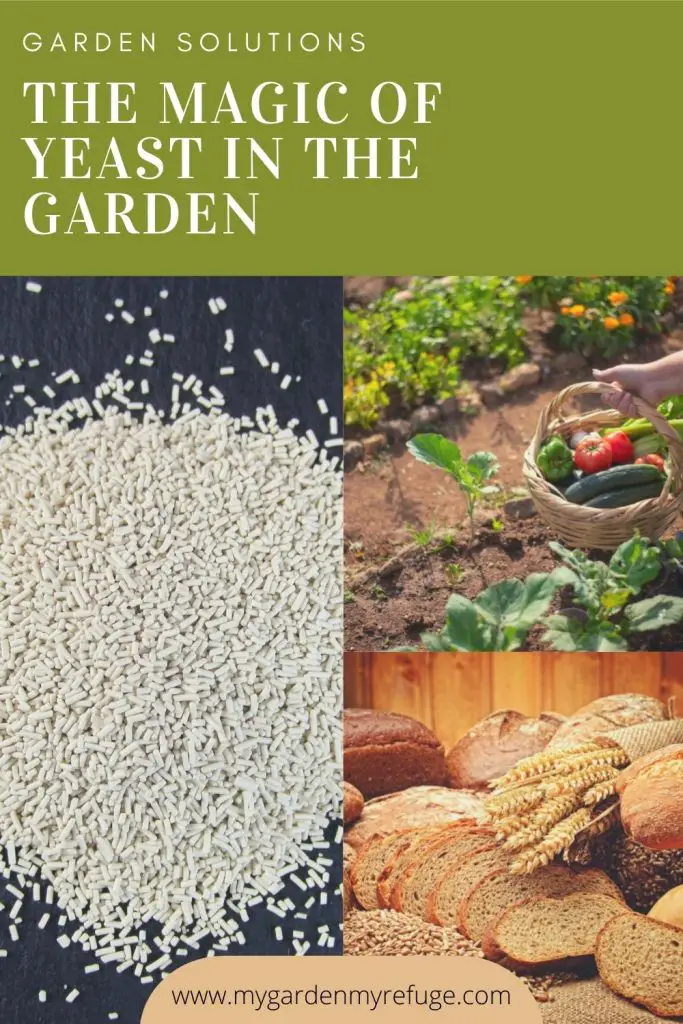
Fermented yeast fertilizer
- Dilute three tablespoons of yeast and one cup of sugar in a cup of lukewarm distilled water.
- Allow it to activate for two hours.
- Mix the activated yeast with two gallons of lukewarm water.
- Set aside at room temperature to ferment for a week.
- To use in the garden, dilute one cup of the fermented solution in two gallons of water.
Unfermented yeast fertilizer
Unfermented yeast fertilizer is the most common among home gardeners since it requires no waiting time.
- Dilute one tablespoon of yeast in one gallon of lukewarm distilled water.
- Allow it to sit for one hour before use.
- There is no need for further dilution.
It is imperative to avoid using tap water for its high chlorine content. Instead, use distilled water, rainwater, or boiled water. Otherwise, allow the tap water to sit for a few hours to a day, allowing the chlorine to disperse.
5- Natural fungicide
Yeast, being a fungus themselves, can compete with its competitor. If you check out our post on how to deal with powdery mildew, you will notice our use of a baking soda and milk solution. Instead, you can improve this remedy by adding yeast to it.
- Dissolve three tablespoons in two cups of lukewarm milk or whey.
- Then dilute the solution in two gallons of water.
- Add a tablespoon of natural soap.
- Fill a spray bottle, and you are ready to treat your plants.
Here is an interesting read about the use of yeast to fight mold.
6- Increases plant’s resistance to soil toxins
Having a contaminated soul is the nightmare of every gardener and farmer. Heavy metals and different toxins made their way into our soil, air, and water through the excessive use of chemical treatments, fertilizers, and industrial growth. Unfortunately, very few plants can tolerate the toxicity, and the modern ways to detox our soils are not efficient.
Luckily environmentally-conscious scientists keep looking for more sustainable solutions. For example, according to SicenceDaily.com, the Instituto Gulbenkian de Ciencia in Portugal discovered that the common sugar yeast can produce a particular protein capable of expelling toxins from the plant cells.
Read more about it here.
Although using yeast to boost toxin resistance in plants is still a theory, it does not hurt to have hope and start using yeast more often in the garden.
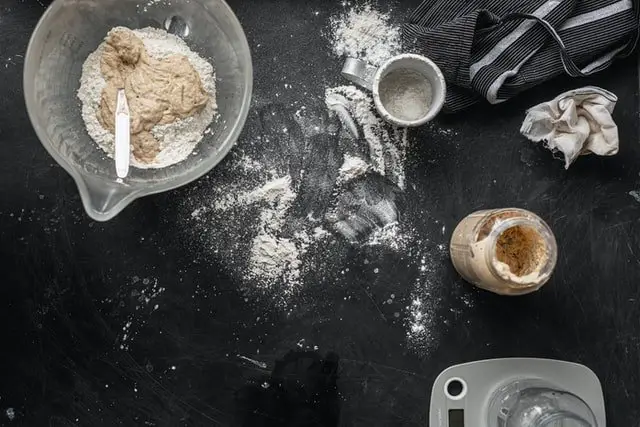
Can I use sourdough discard in the garden?
I am a sourdough bread lover. I make several loaves a week, so I do not need to discard any starter. However, those starting to build a sourdough starter may find it wasteful to discard the extra.
The sourdough starter contains different yeast spices, including sugar yeast. So adding it to compost or using it as fertilizer will only introduce more yeast variety to your soil.
So, yes, you can use a sourdough starter or the water from rinsing the jar in the garden.
Interesting reads
- Yeast and bacteria together biosynthesize plant hormones for weed control. https://www.sciencedaily.com/releases/2021/09/210918085833.htm
- Baker’s yeast can help plants cope with soil contamination. https://www.sciencedaily.com/releases/2017/07/170703083248.htm
- Basics of Bokashi. https://www.thespruce.com/basics-of-bokashi-composting-2539742

